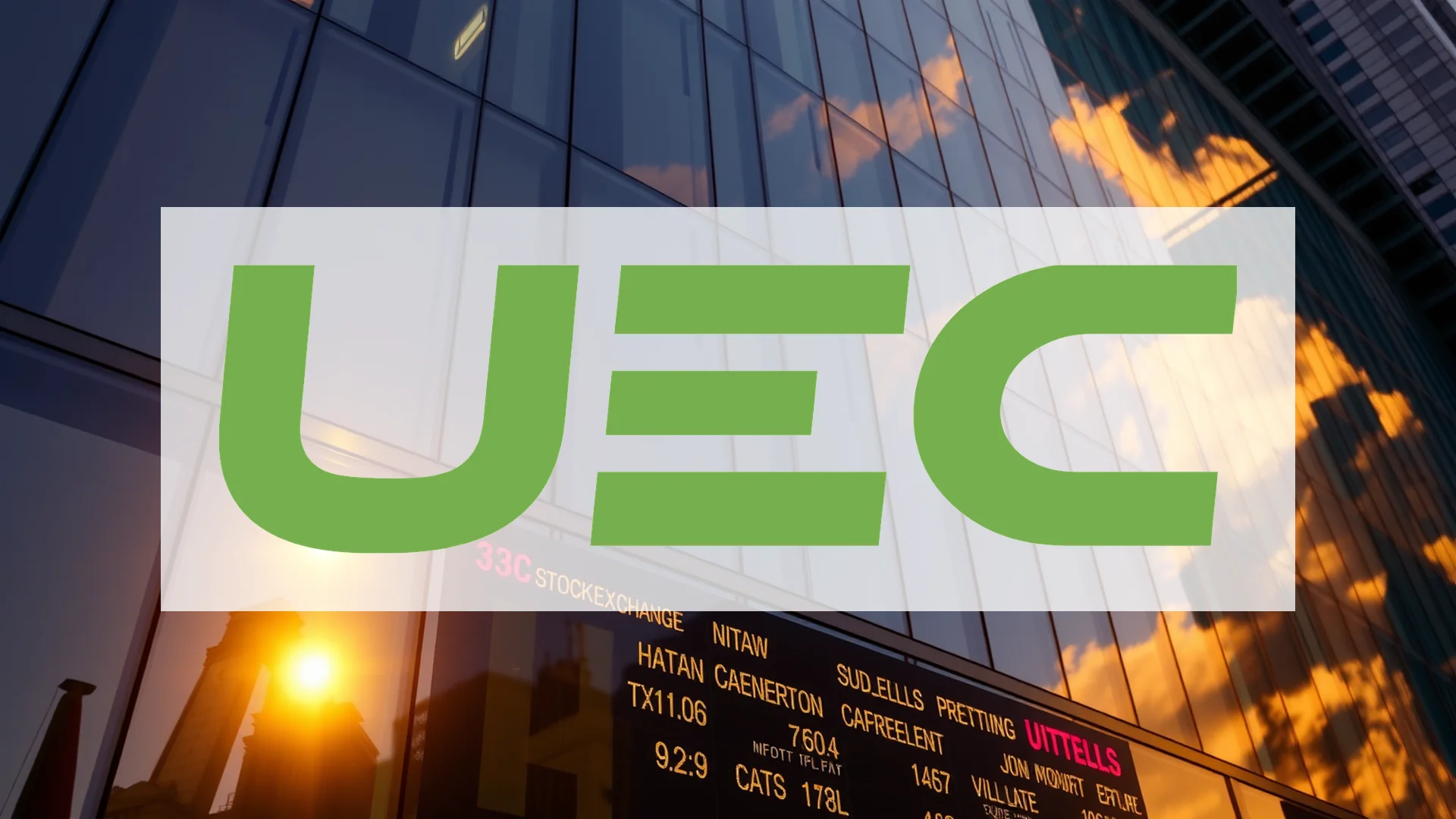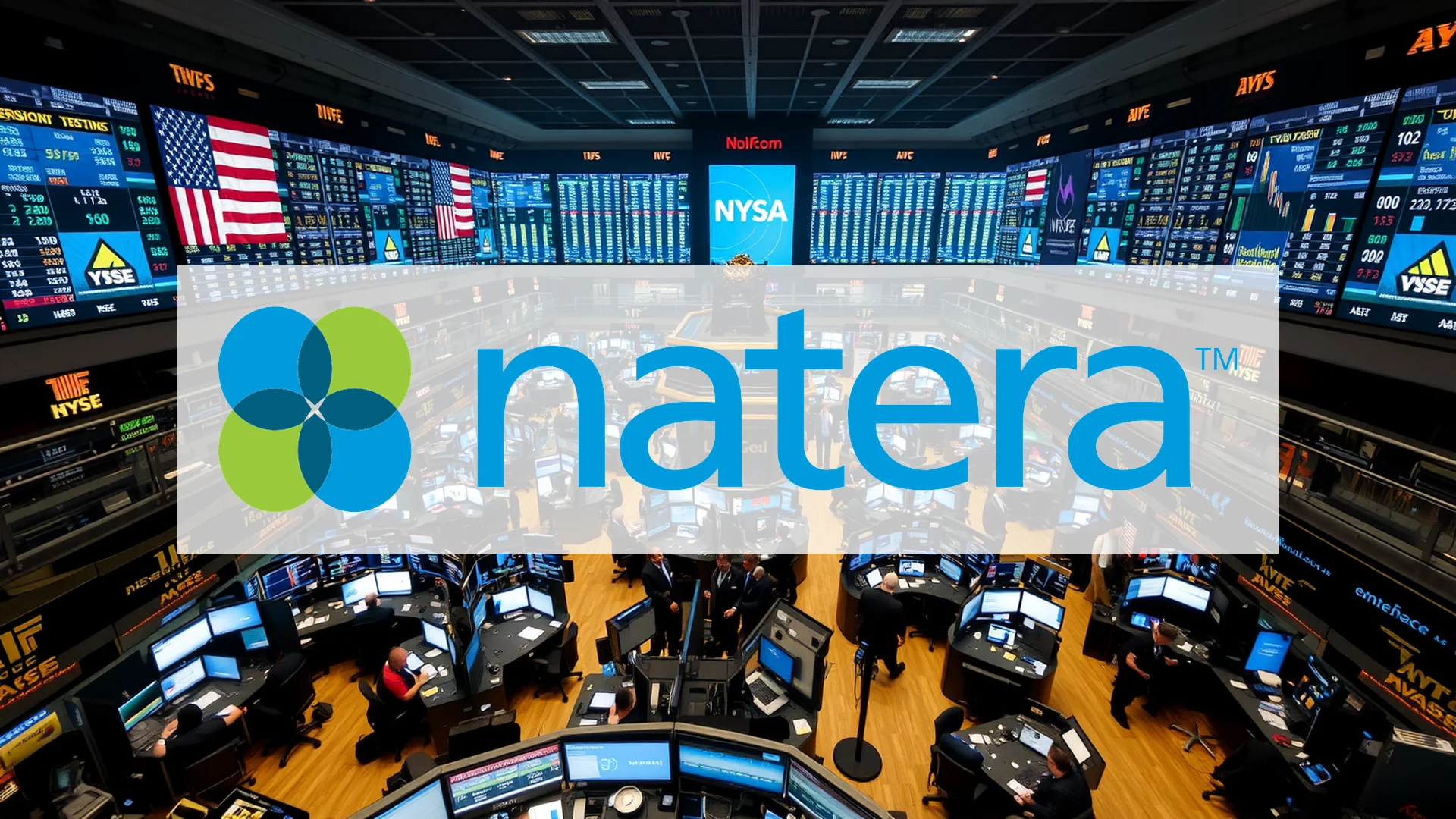A significant downgrade from Morgan Stanley has cast a shadow over HP’s stock prospects, with the firm reducing its rating to “Underweight” and slashing its price target from $26 to $24. This bearish assessment comes despite some positive operational performance, creating a complex narrative for the technology company.
Diverging Business Units Create Challenges
The core of Morgan Stanley’s concern lies in HP’s printer division, which continues to underperform while the company’s PC segment shows resilience. Market experts highlight that the printer business, a traditional cornerstone for HP, shows no signs of near-term recovery, posing substantial challenges for overall corporate health.
Financial metrics reveal deepening issues. According to InvestingPro data, the company’s gross margin sits at a modest 20.89%. Compounding these margin pressures, memory component expenses have surged dramatically, with DRAM and NAND prices escalating between 50% and 300% over the past six months.
- Compressed Profitability: Gross margins remain thin at 20.89%
- Spiraling Component Costs: Memory chip prices have jumped 50-300%
- Reduced Margin Outlook: 2026 margin expectations cut by 70-90 basis points
- Earnings Adjustment: EPS forecast lowered by 9% to $2.98
Contrasting Performance Metrics Emerge
Despite the pessimistic analyst stance, HP delivered unexpectedly strong third-quarter results. The company reported earnings per share of $0.75, exceeding the $0.74 consensus estimate, while revenue climbed to $13.93 billion. Its personal computer division recorded 6% growth, providing a silver lining amid broader concerns.
This performance prompted UBS to raise its price target from $26 to $29, though the firm maintained its “Neutral” rating on the stock. The conflicting analyst perspectives highlight the uncertainty surrounding HP’s trajectory.
Should investors sell immediately? Or is it worth buying HP?
All eyes now turn to November 25th, when HP will release its fourth-quarter results. Market participants anticipate earnings of $0.92 per share on revenue of $14.79 billion, representing modest growth of 5.23%. The question remains whether these figures can overcome current market skepticism.
Technical and Fundamental Indicators Paint Mixed Picture
From a technical standpoint, HP shares currently trade at $24.53, reflecting a 14.26% decline over the past month. The twelve-month performance shows even greater pressure, with the stock down 32.78% over this period. These levels bring the April low of $21.71 uncomfortably close for current shareholders.
Valuation metrics present a contradictory signal. HP trades at a price-to-earnings ratio of 7.91, significantly below the industry average of 13.61, suggesting potential undervaluation. However, institutional investors have been reducing their positions, and Zacks maintains its unflattering Rank #4 (“Sell”) rating on the equity.
The technology firm now confronts multiple headwinds: analyst downgrades, rising component expenses, and persistent weakness in its core printer operations. The upcoming quarterly report will prove crucial in determining whether strength in personal computers can sufficiently offset challenges elsewhere in the business.
Ad
HP Stock: Buy or Sell?! New HP Analysis from November 17 delivers the answer:
The latest HP figures speak for themselves: Urgent action needed for HP investors. Is it worth buying or should you sell? Find out what to do now in the current free analysis from November 17.
HP: Buy or sell? Read more here...










